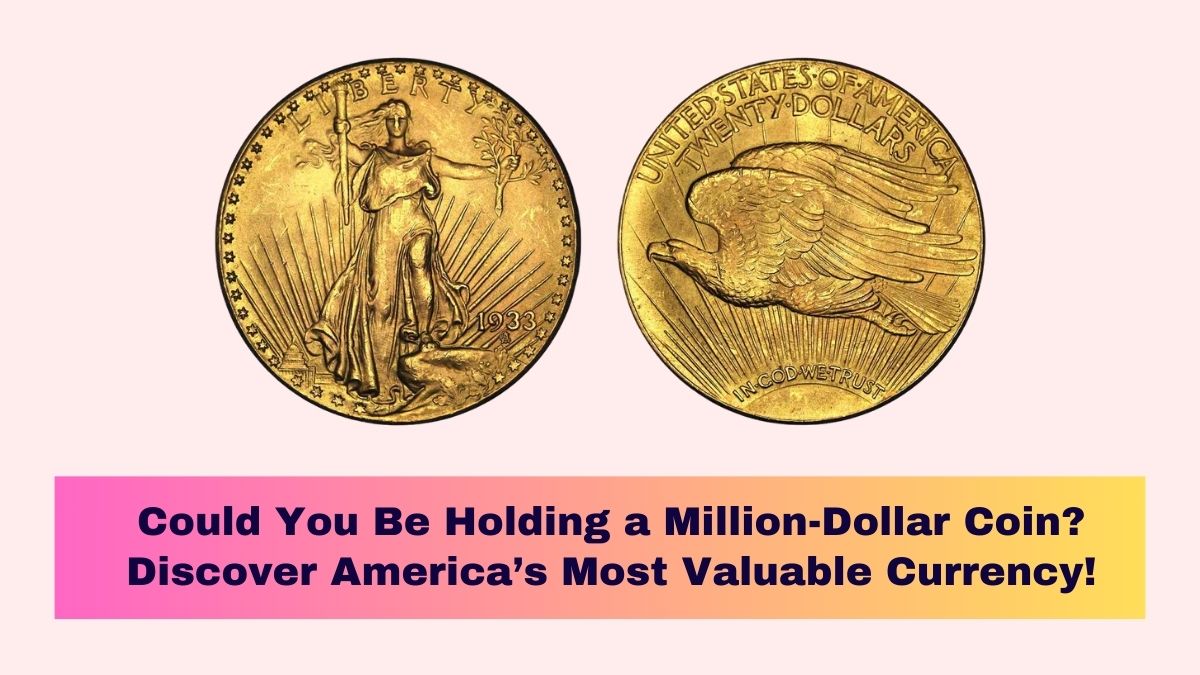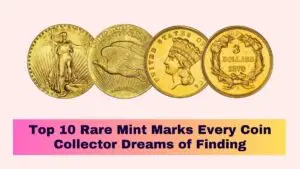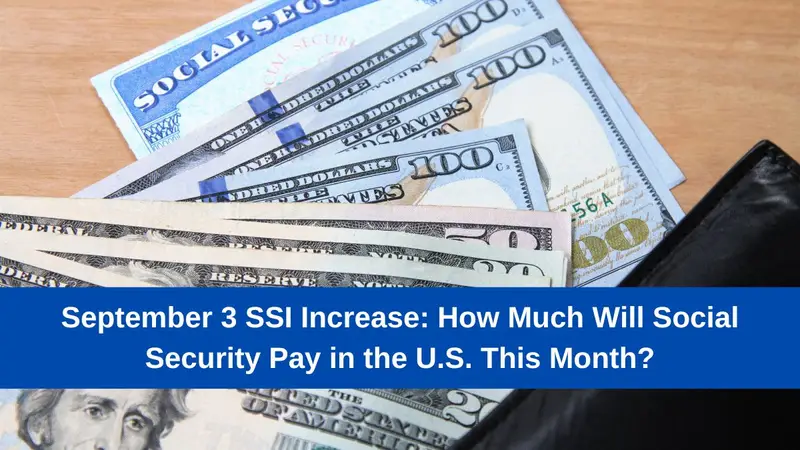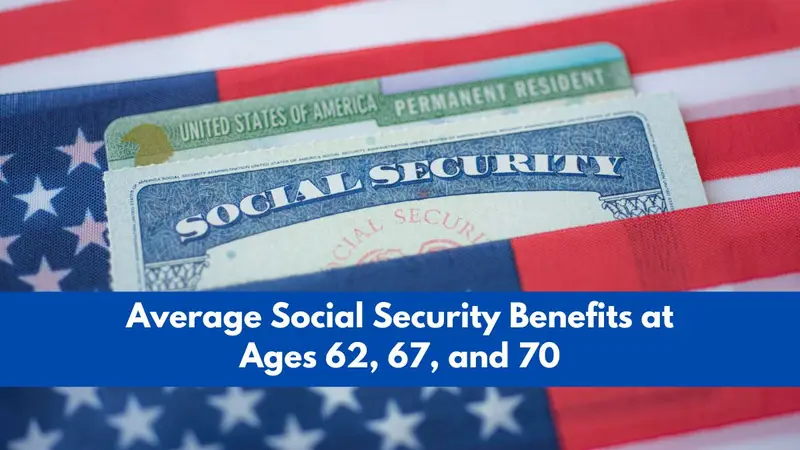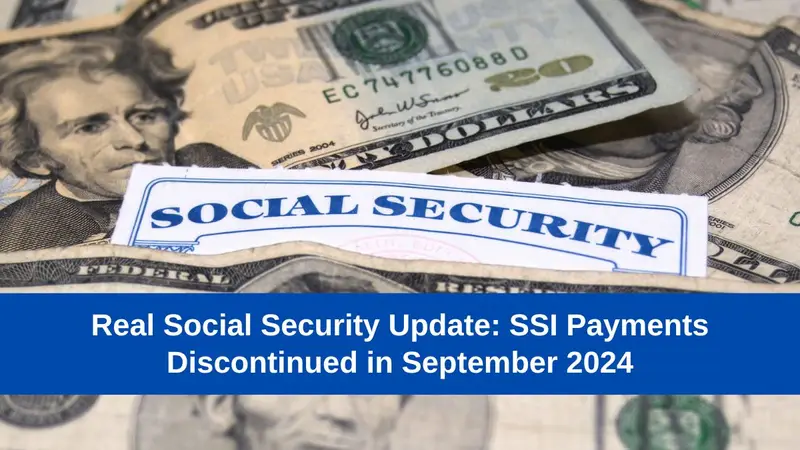The world of numismatics, or coin collecting, is filled with remarkable stories of rare coins that have fetched staggering sums at auctions.
Some of these coins, which initially circulated as common currency, are now considered invaluable due to their rarity, historical significance, and unique characteristics.
Let’s delve into some of the most valuable coins in U.S. history, explore what makes them so special, and see if you could be one of the lucky few to own one.
What Makes a Coin Valuable?
Several factors contribute to a coin’s value. Here are the most important ones:
- Rarity: The fewer the number of coins produced or surviving, the higher its value. This includes limited mintage or coins that were pulled from circulation.
- Condition: A coin in near-mint condition (graded higher by professional grading services) is worth more than a worn-out version.
- Historical Significance: Coins tied to major historical events, like the 1933 gold recall or the early days of the U.S. Mint, are prized by collectors.
- Errors or Unique Features: Coins with minting errors or unique variations, such as doubled dies or off-center strikes, often command higher prices.
The Most Valuable Coins in U.S. History
1. 1849 $20 Double Eagle Gold Coin
- Value: $16.6 million
- Rarity: Unique (only one known, housed at the Smithsonian).
- Why it’s valuable: This is the first-ever $20 coin minted in the U.S. The design was a response to the influx of gold during the California Gold Rush. Its historical significance and uniqueness make it the most valuable coin in the world.
2. 1794 Flowing Hair Silver Dollar
- Value: $10.9 million
- Rarity: Extremely rare, one of the first silver dollars minted by the U.S. Mint.
- Why it’s valuable: This coin represents America’s early efforts in minting, making it a piece of American history. It’s the first silver dollar minted after the Coinage Act of 1792.
3. 1933 Saint-Gaudens Double Eagle
- Value: $8.2 million
- Rarity: Few remaining legal examples.
- Why it’s valuable: Originally minted but never circulated due to the Gold Recall of 1933, most were melted down, making surviving examples incredibly rare.
4. 1822 $5 Gold Half Eagle
- Value: $7.75 million
- Rarity: Only three known examples exist, with only one in private hands.
- Why it’s valuable: This rare coin exemplifies early American gold coinage and is sought after due to its rarity and connection to the early days of the U.S. Mint.
5. 1870-S $3 Gold Princess
- Value: $6.31 million
- Rarity: Unique.
- Why it’s valuable: Only one known example exists, making it highly desirable for collectors.
Most Valuable U.S. Coins
| Coin | Year | Estimated Value | Notable Features |
|---|---|---|---|
| 1849 $20 Double Eagle | 1849 | $16.6 million | First $20 gold coin, unique, held at Smithsonian |
| 1794 Flowing Hair Silver Dollar | 1794 | $10.9 million | First silver dollar minted by U.S., historical value |
| 1933 Saint-Gaudens Double Eagle | 1933 | $8.2 million | Gold recall coin, rare surviving examples |
| 1822 $5 Gold Half Eagle | 1822 | $7.75 million | Only three known, rare gold coin |
| 1870-S $3 Gold Princess | 1870 | $6.31 million | Unique $3 gold coin |
Could You Own One of These Coins?
While it’s unlikely that the average collector will stumble upon one of these coins in circulation, many valuable coins can still be found. Here are a few potentially valuable coins that could be hiding in your pocket change:
- 1943 Copper Penny: Worth up to $100,000 due to its rarity. During World War II, most pennies were made of steel to conserve copper for the war effort. However, a few copper pennies were mistakenly minted.
- 1955 Doubled Die Penny: This coin features a notable doubling of the date and lettering. It could be worth up to $1,800.
- 2004 Wisconsin State Quarter (Extra Leaf): Some quarters from the Wisconsin State series have an extra leaf on the corn stalk, making them worth hundreds of dollars.
These coins may not rival the most valuable ones in history, but their rarity and distinctive features still make them worth significantly more than face value.
Conclusion
Owning one of the most valuable coins in U.S. history is a dream for many collectors. Whether it’s the $20 Double Eagle or the 1794 Silver Dollar, these coins represent not just financial value but significant moments in American history.
While the chances of owning one of these rare coins are slim, there’s always the possibility of discovering a hidden gem among your pocket change.
With the right knowledge and a bit of luck, you might just find yourself in possession of a coin worth a small fortune.
FAQs
1. What is the most valuable coin in U.S. history?
The 1849 $20 Double Eagle Gold Coin is the most valuable, worth an estimated $16.6 million.
2. Why is the 1933 Saint-Gaudens Double Eagle so valuable?
It is rare because most were melted following the Gold Recall of 1933, leaving only a few surviving examples.
3. Can valuable coins still be found in circulation?
Yes, coins like the 1943 Copper Penny and the 1955 Doubled Die Penny can still be found in circulation and are worth significant amounts.
4. How do I know if my coin is valuable?
Factors such as rarity, condition, and historical significance determine a coin’s value. Consulting a professional grading service can help assess its worth.
5. What should I do if I find a rare coin?
If you believe you’ve found a rare coin, get it professionally graded to determine its condition and value before considering selling or auctioning it.
References
- PCGS – Auction Results and Coin Information
- Rarest.org – The 20 Most Valuable U.S. Coins
- USA Coin Book – List of Rarest, Highest Valued U.S. Coins
- APMEX – Top Ten Most Valuable U.S. Coins
